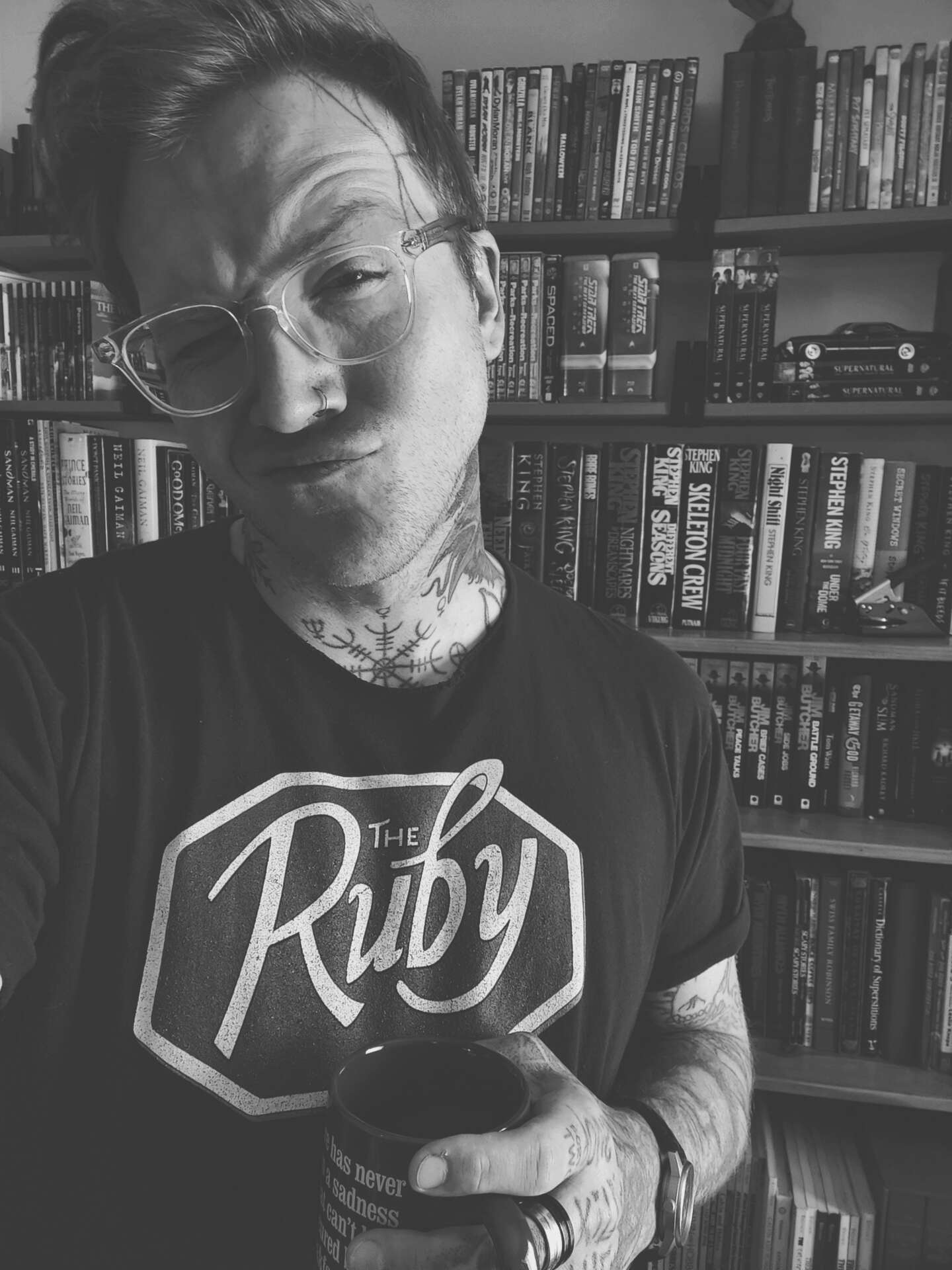We recently connected with Adam Sward and have shared our conversation below.
Adam, looking forward to hearing all of your stories today. Have you been able to earn a full-time living from your creative work? If so, can you walk us through your journey and how you made it happen? Was it like that from day one? If not, what were some of the major steps and milestones and do you think you could have sped up the process somehow knowing what you know now?
“Won’t it be great? When we’ve both finally made it?” The man on the other end of the phone call was a comedian that had hired me to do some art for an upcoming album he was releasing through Stand Up! Records. It was raining, and I was sitting on the three season porch of a house I had recently started renting a few miles north of downtown Saint Paul.
It was autumn of 2016, and it had been around seven or eight years since I had started making art full time; a decision I had made after going on a cross-country tour with one of my all time favorite bands, Tub Ring. The first few years had been fairly rough. I had been squatting in a foreclosed house, averaging about fifty cents an hour for illustration work. After grinding through a monk-like existence, I had somehow found myself completing a tattooing apprenticeship, and had been balancing the two careers since.
His comment about making it was something that I almost automatically agreed with. There had always been this sort of nebulous goal in my head in regards to success as an artist. There were elements of it that were easy enough to define; not doing anything but making art was primary one. But there was another aspect, a certain level of notoriety or fame, that also seemed like an required element if I were to really consider myself successful.
The phone call continued, though I don’t specifically recall what it was we were discussing. I had started to wander around the house, stunned by the realization that everything in the house, including the house itself, had come from the efforts of my artistic endeavors. When I had moved out of the foreclosed house in the northern suburbs of Minneapolis almost a decade earlier, the entirety of my world possessions had fit in the backseat and trunk of my car. Now, I was renting a three bedroom house with vaulted ceilings, and it was fully furnished. The cupboards and refrigerator fully stocked. The furniture was by no means new, but it was all in good shape, and more importantly, it was all comfortable. I had even managed to accumulate a decent library and art collection along the way.
It seemed like the house of an adult. Of someone that had their shit together. And the realization that I was the adult in question was dumbfounding. I had been so focused for so long on achieving this vaguely defined concept of what I thought being a successful artist was supposed to be that I had completely missed the fact that, in the meantime, my career as an illustrator and tattooist had provided me with a consistent and stable income.
I was, and remain, by no means famous. But I had somehow worked my way into a career that provided everything I needed, with a little extra here and there to boot. I was so caught up in the idea of being successful, and what I thought it was supposed to look like, that I had somehow missed the fact that, somewhere along the way, making art had become entirely responsible for every aspect of my livelihood.
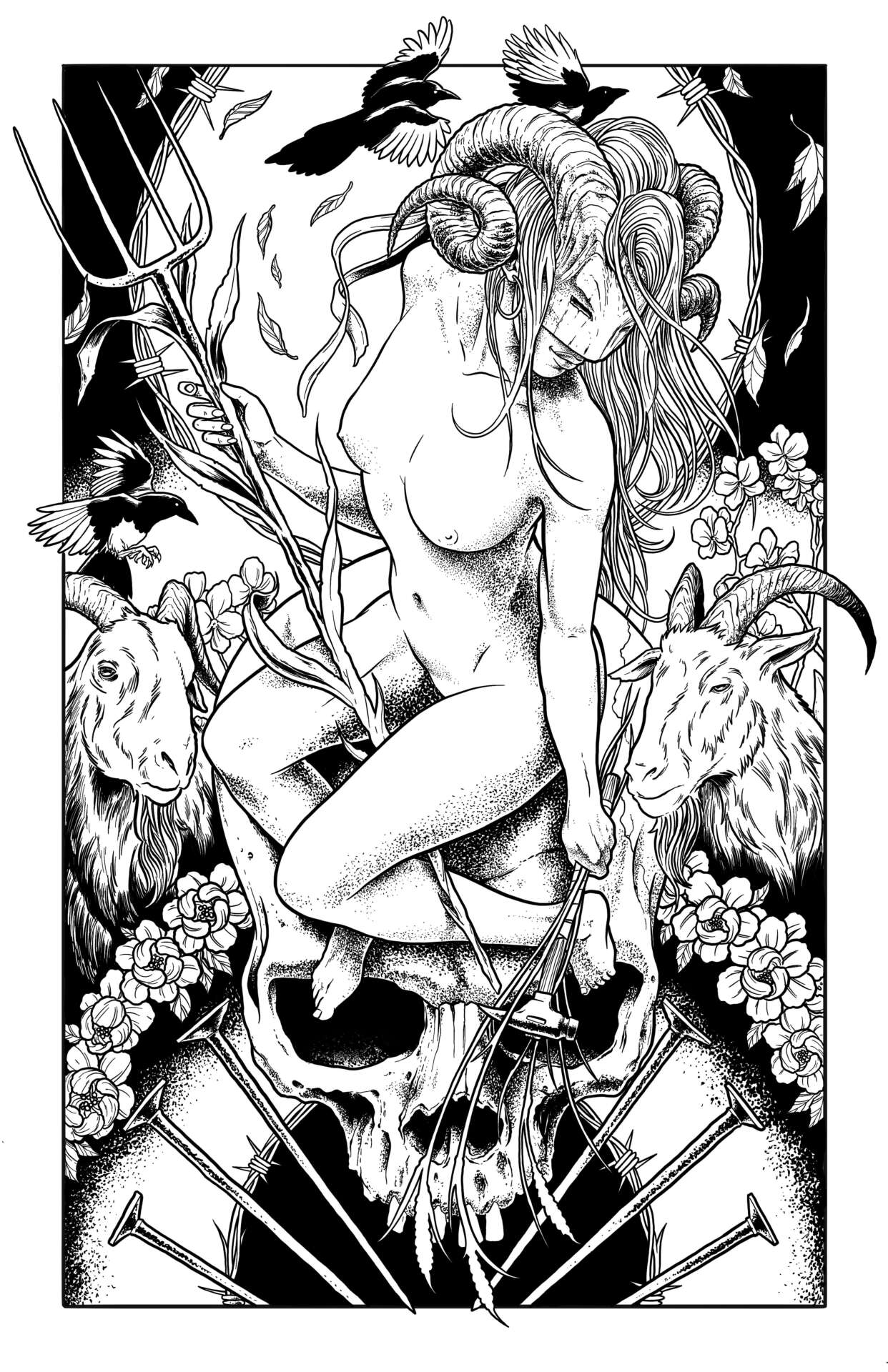
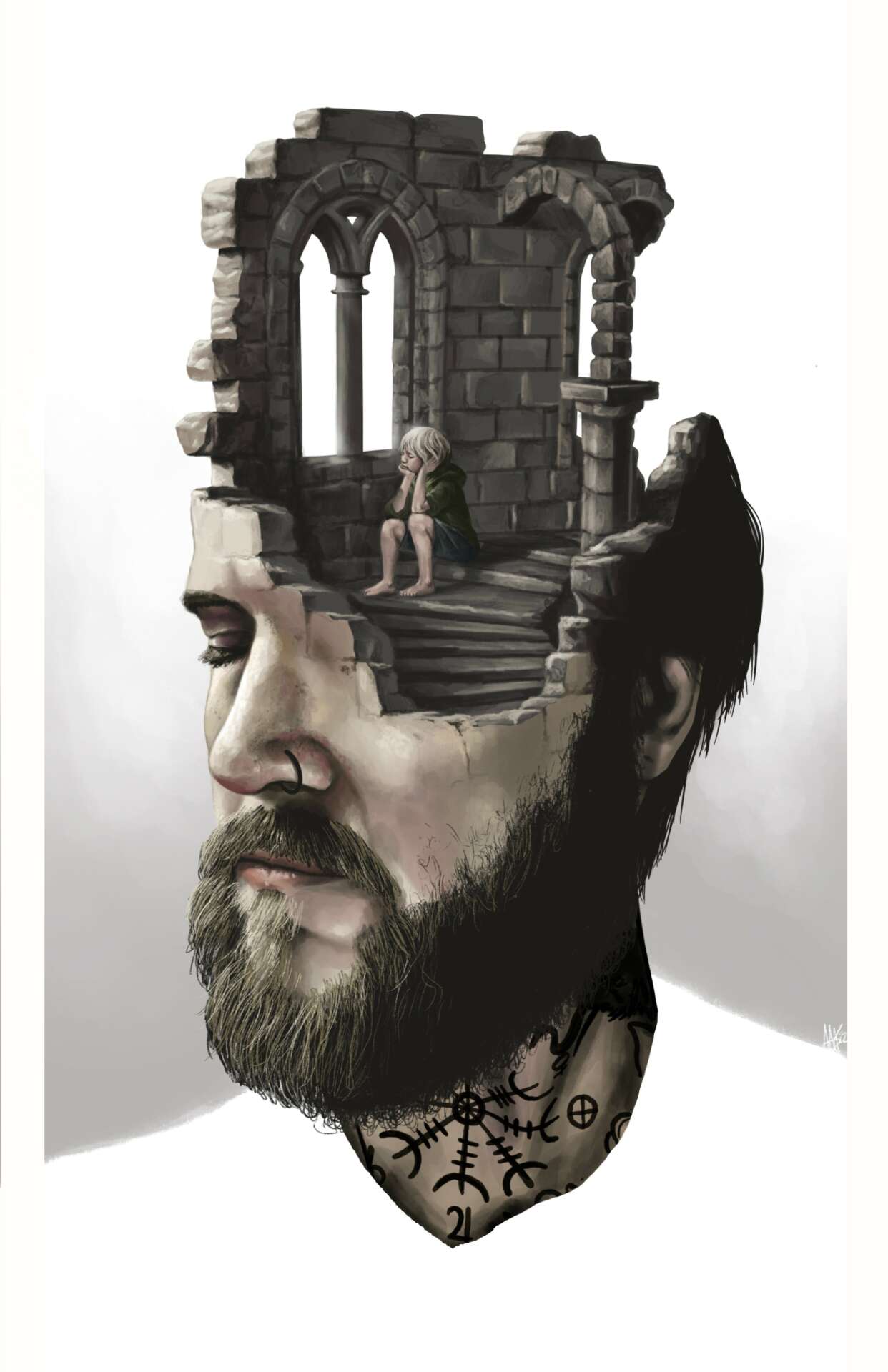
As always, we appreciate you sharing your insights and we’ve got a few more questions for you, but before we get to all of that can you take a minute to introduce yourself and give our readers some of your back background and context?
The first and largest branch of my career has been as an illustrator. My initial focus was comic books, which still hold a very dear place in my heart. But professionally, illustration has brought me through album art, concert and movie posters, book covers and illustration, merch design; being a freelance illustrator, you tend to find yourself where the work is at any given moment. I’ve extensive experience in traditional illustration mediums; . graphite, pen and ink, watercolor, airbrushing, painting. I’ve also been using Photoshop since 2002 and ProCreate since 2017, with digital illustration becoming the avenue of choice for most clients these days.
The crossover between illustration and tattooing is immense; the primary differences being that the work created for tattoos is typically of a non-commercial nature, and the significant differences in the mediums of skin and paper/canvas/digital file. But the base element of my job in both fields remains largely the same; translating the clients idea into a piece of artwork that communicates their intended goal with impact and clarity.
Visual art, at it’s core, is an attempt at communication. There are a variety of ways to accomplish this attempt; be it through composition, texture, color theory, stylization, etc. I think the reason I’ve been able to work consistently is because I’ve never really felt locked down into one specific approach to this job. The nature of visual art is an attempt to communicate something beyond the words one would use to describe it. There’s a baseline of fluency with a visual vocabulary, things that everyone can identify with and recognize, that transcends things like cultural backgrounds and socioeconomic upbringings. That’s the spot I aim for in my career as an artist, and what I offer to my clients.
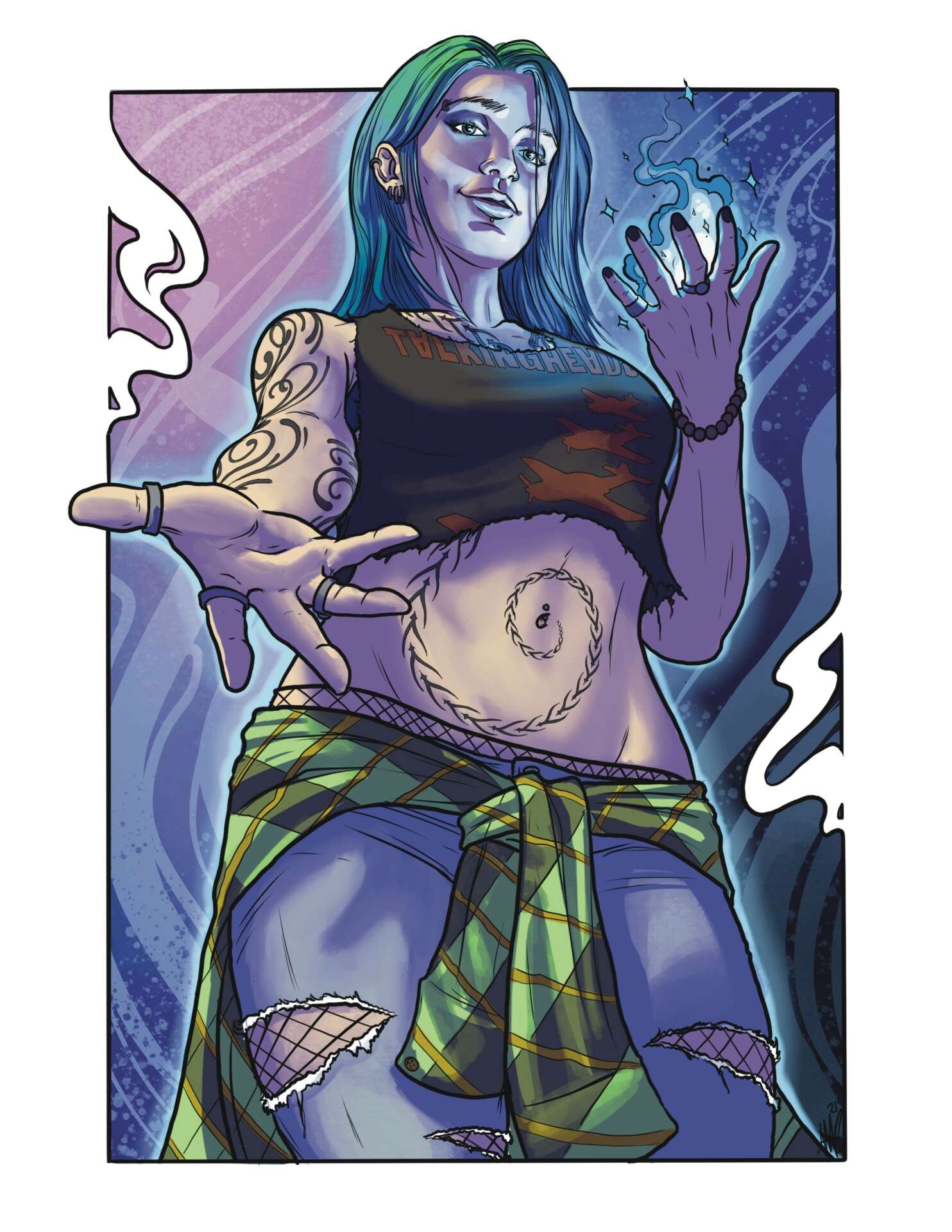

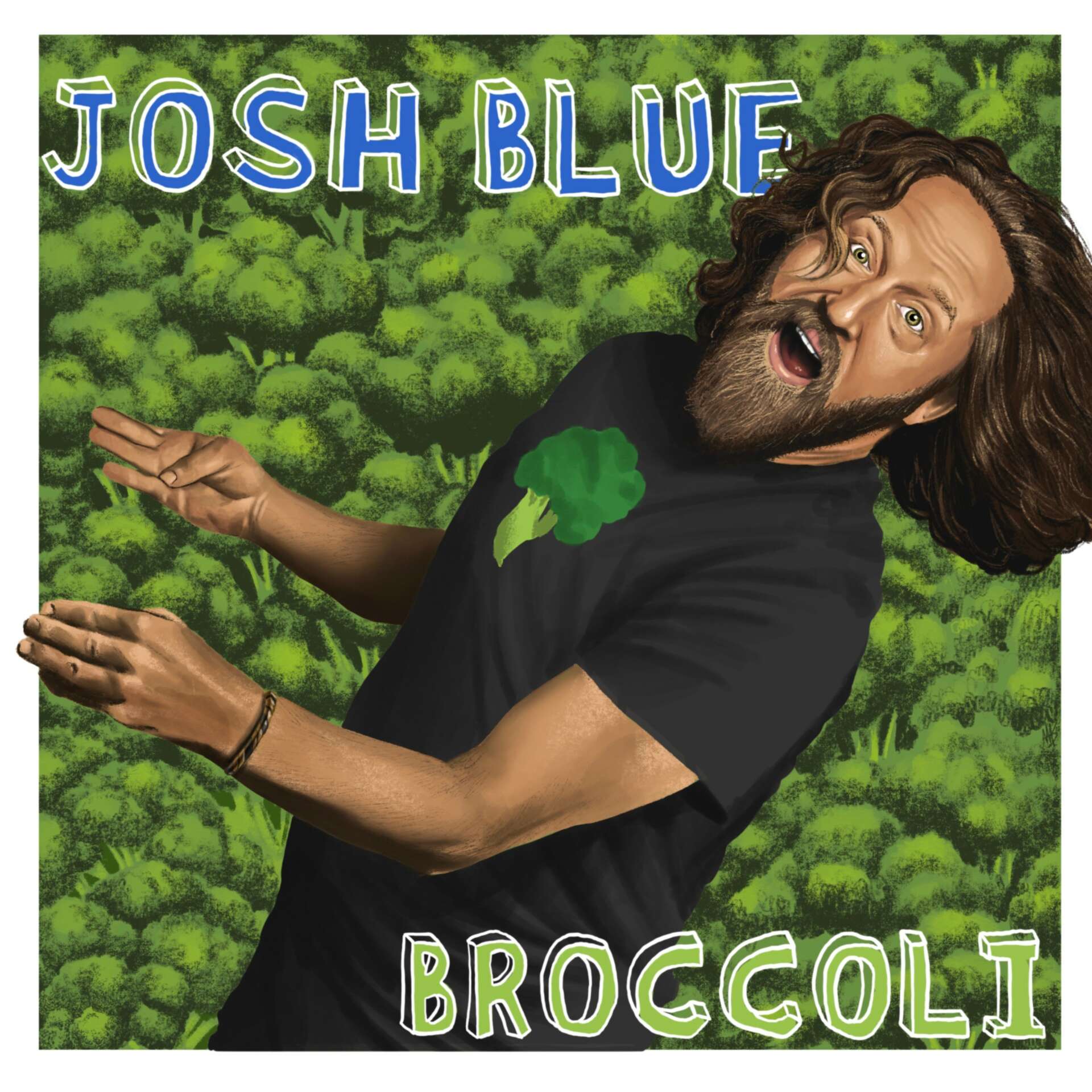
Do you think there is something that non-creatives might struggle to understand about your journey as a creative? Maybe you can shed some light?
There is an extremely common occurrence, which pops up regularly in both my career as an illustrator and as a tattooist, but it also bleeds into my forays into writing, photography, music, and stand up comedy. It’s usually stated with an attempt at humorous self depreciation.
“I wish I could…”
The last word in the sentence changes depending on the circumstance. “I wish I could draw, but I can barely do a stick figure.” or “I wish I could play guitar,”, etc. I meet people everyday that obviously have some sort of creative flame burning inside them, but are terrified to stoke that flame. And I tell them all the same basic thing. You can draw. You can play music. You can write and paint and dance. You can do all of those things. Hell, babies do all of those things. Expressing yourself creatively is one of the few things about being human that is worth doing. The problem, at least here in America, is that there is a cultural expectation that doing any of these creative things is only valid if you do them at a vocational level.
So it’s not “I wish I could draw.” It’s “I wish I could draw at a professional level without having to put in the effort, and therefore endure the constant criticism, frustration and doubt that I’ll likely experience along the way to achieving that level of technical ability”. But the truth has been, in my experience, that the primary difference between people who make it in the creative arts and those that don’t is a willingness to be bad at something, and continue to do it anyway. For a very long time. We aren’t encouraged, culturally, to persist at things we are actively bad at. Persistence is a trait
But expressing yourself creatively is something that’s worth doing, completely regardless of whether or not you can get someone to pay you to do it. In fact, I think that in most cases, being creative because of your inner desire to do so, as opposed to making a living, is a more worthwhile endeavor. No one I’ve met in my life starting their creative journey with the intention of doing it for a living. It usually starts in childhood, as a way to process the world around you, and express your thoughts and feelings about it.
Doing it for a living, however, is more of a tangential experience than most aspiring creative professionals might realize. It’s utilizing the tools and skillsets of creative expression, but to express someone else’s experience. In my experience, this created a rather large divide between art as expression and art as vocation, which is a relationship I’m still trying to adjust and repair.
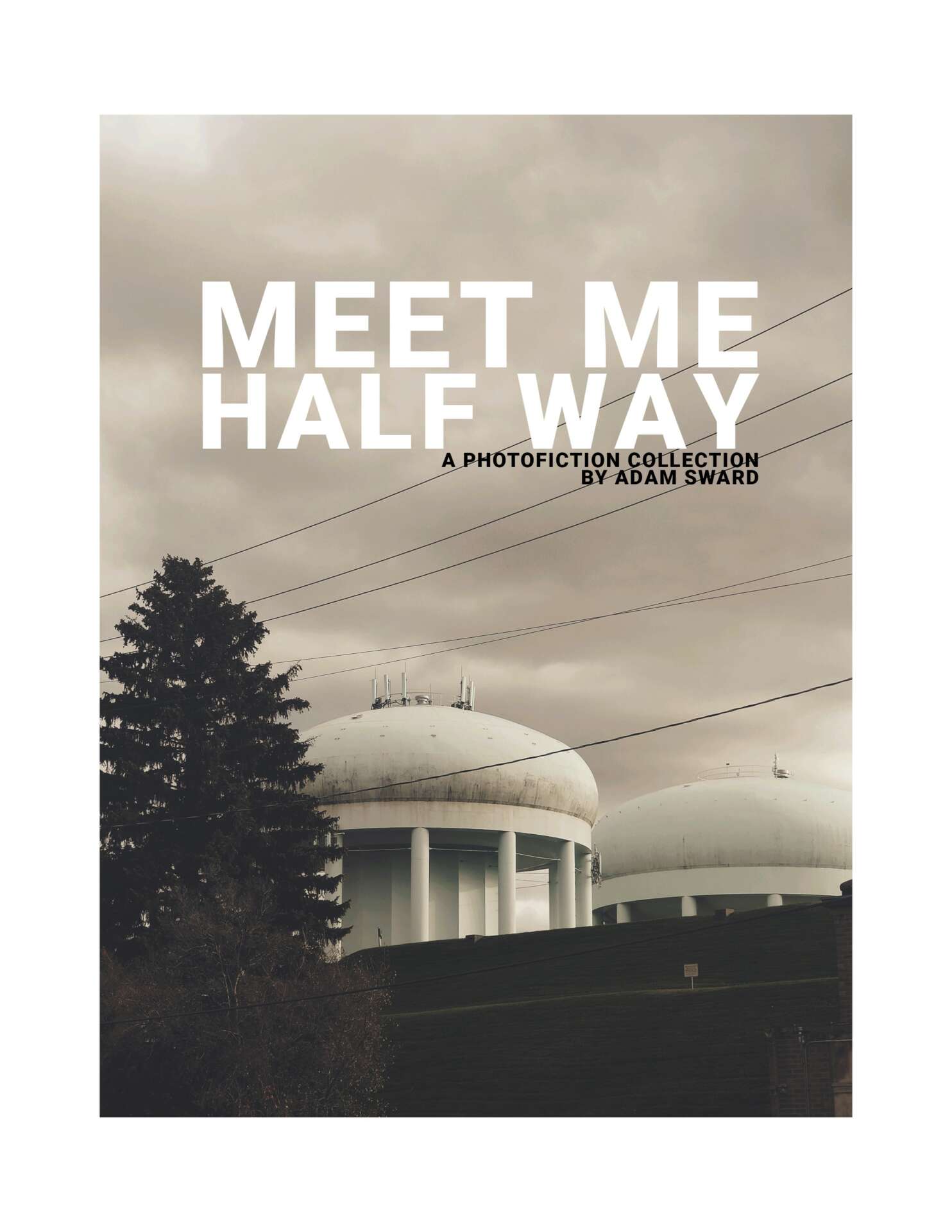
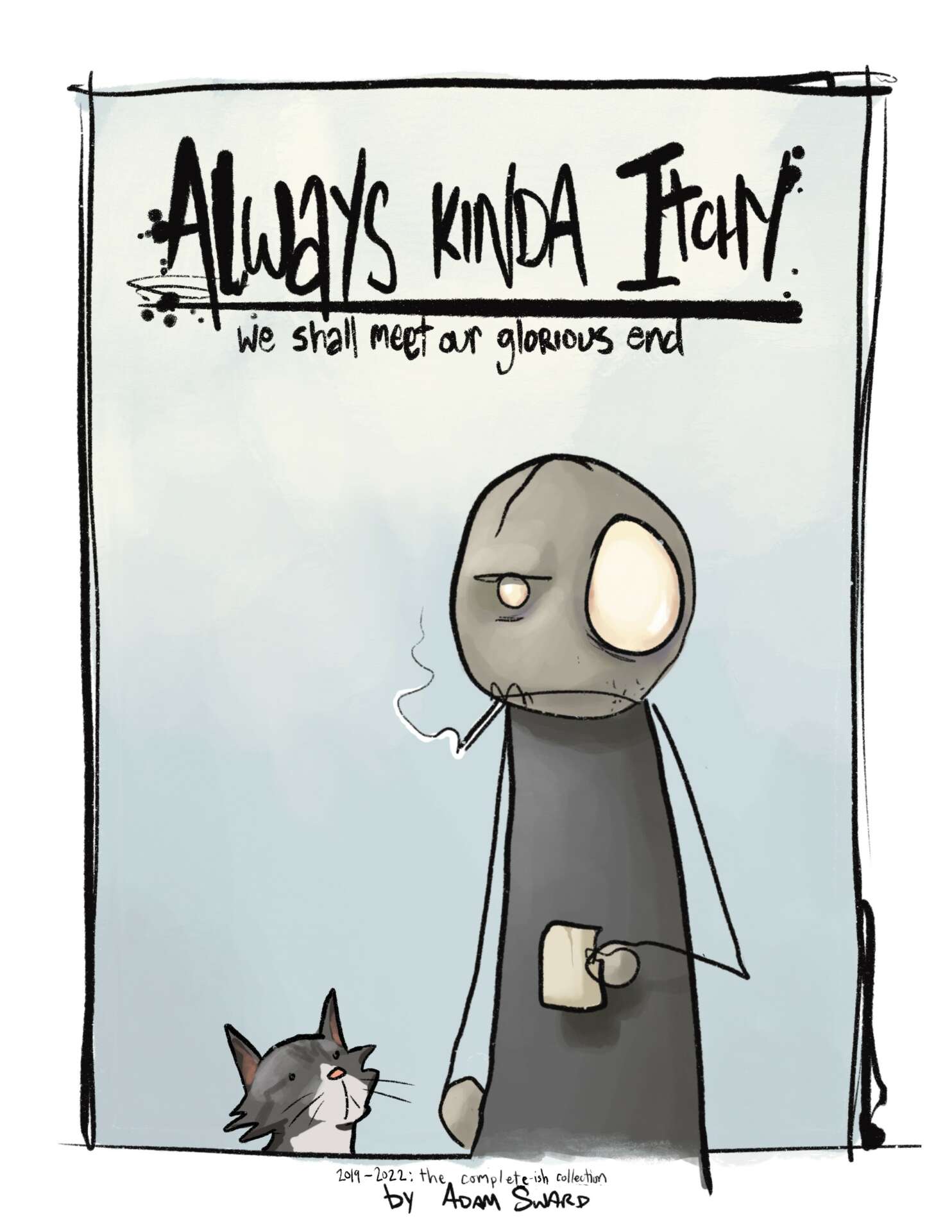
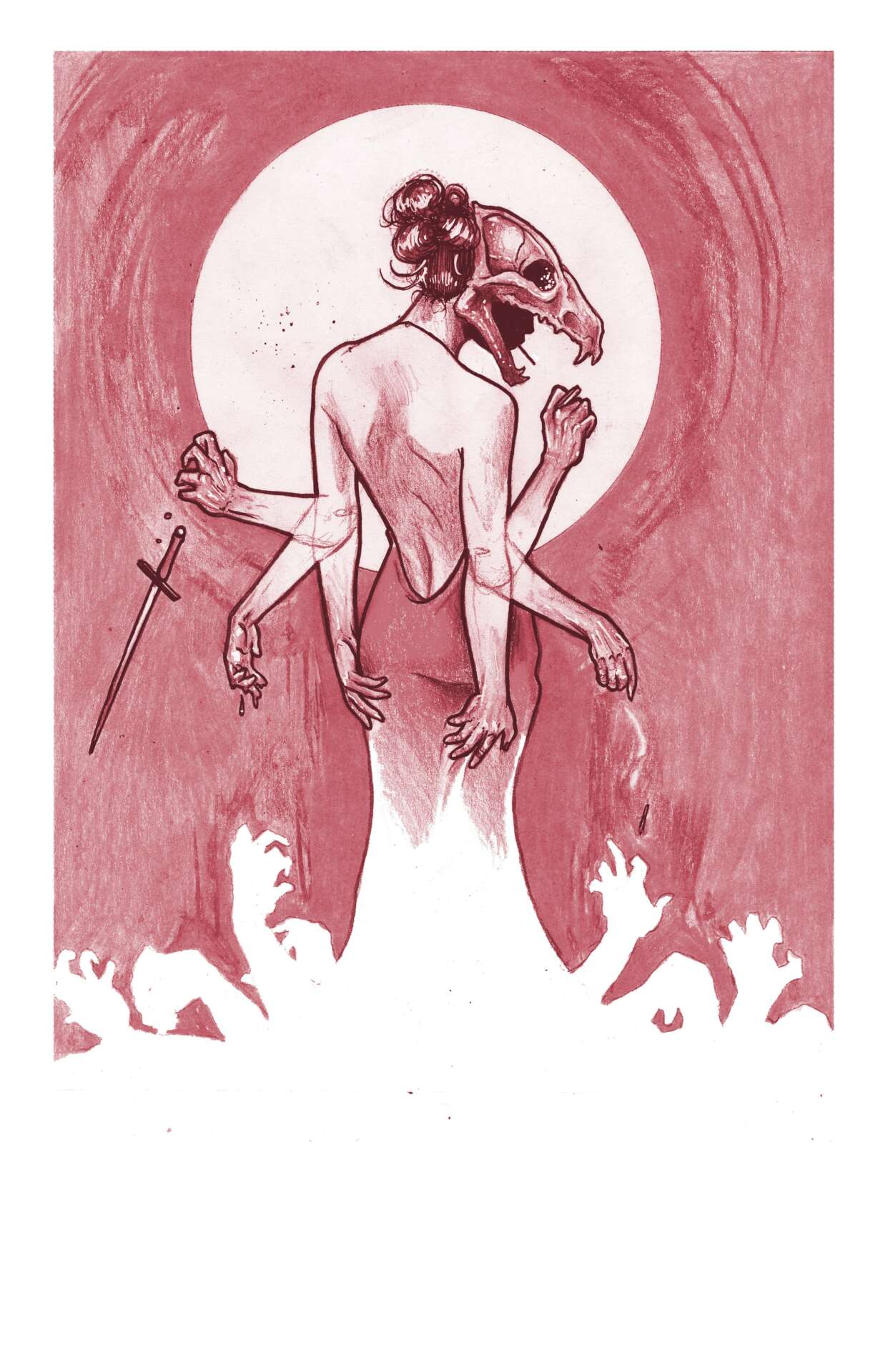
How can we best help foster a strong, supportive environment for artists and creatives?
This is an incredibly difficult question to answer, because the truthful answer seems so simple that it’s hard not to read it as sarcastic. But the truth is, the best way to support artists is to find actual value in the things they create. For someone in my position, who generally releases art prints or books/comics/etc., I’m not only competing with the ultra huge corporations that control entertainment, but also the attitude that had become so common regarding art in general. People either don’t feel like they should have to pay for it, or are only willing to pay for things that are insanely disproportionate in regards to the cost versus the quantity.
There is something like 34,000 hours of shows and movies on Netflix, which you get access to for 16 bucks a month, or whatever the current cost of the subscription is. That’s over a thousand days of continuous streaming content. My most recent release, a combination of photography and short fiction titled MEET ME HALF WAY, has a price tag of ten bucks. While one will hopefully reread it over and over throughout the years, It doesn’t take a whole lot of math to recognize which is the better deal. The rub is that, for each issue I sell of MEET ME HALF WAY, after you factor in shipping and printing costs (complete disregarding the effort to make the book in the first place), I make a cool $1.50. So to make that book break even, let alone profit, while paying myself half of the national minimum wage, I need to sell hundreds of books. I have to convince hundreds of people that my book, which I am incredibly proud of, is worth as much of a financial investment as their Netflix or Hulu or Spotify subscription.
But the reason and practices that lead to the cost of a Netflix subscription are precisely why we just recently had the major writer’s strike. Services like Spotify and YouTube, while excellent for bringing new music and movies and such to the masses, also create an expectation of free, or nearly free when you consider the effort required to make these things, Also, people have generally seemed to accept “good enough” in regards to the quality of their entertainment, so long as there is ENOUGH of the “good enough” to occupy as much down time as they might have in a day. Given the general state of existence at the end of 2023, I don’t blame them. Sometimes even I just want something on in the background that I can ignore, to distract from all of the other noise in the world. But so long as “good enough” will get the support, artists and creatives have little incentive to make anything beyond that.
Contact Info:
- Website: www.lowsidecomics.com
- Instagram: swarddraws
Image Credits
Adam Sward


